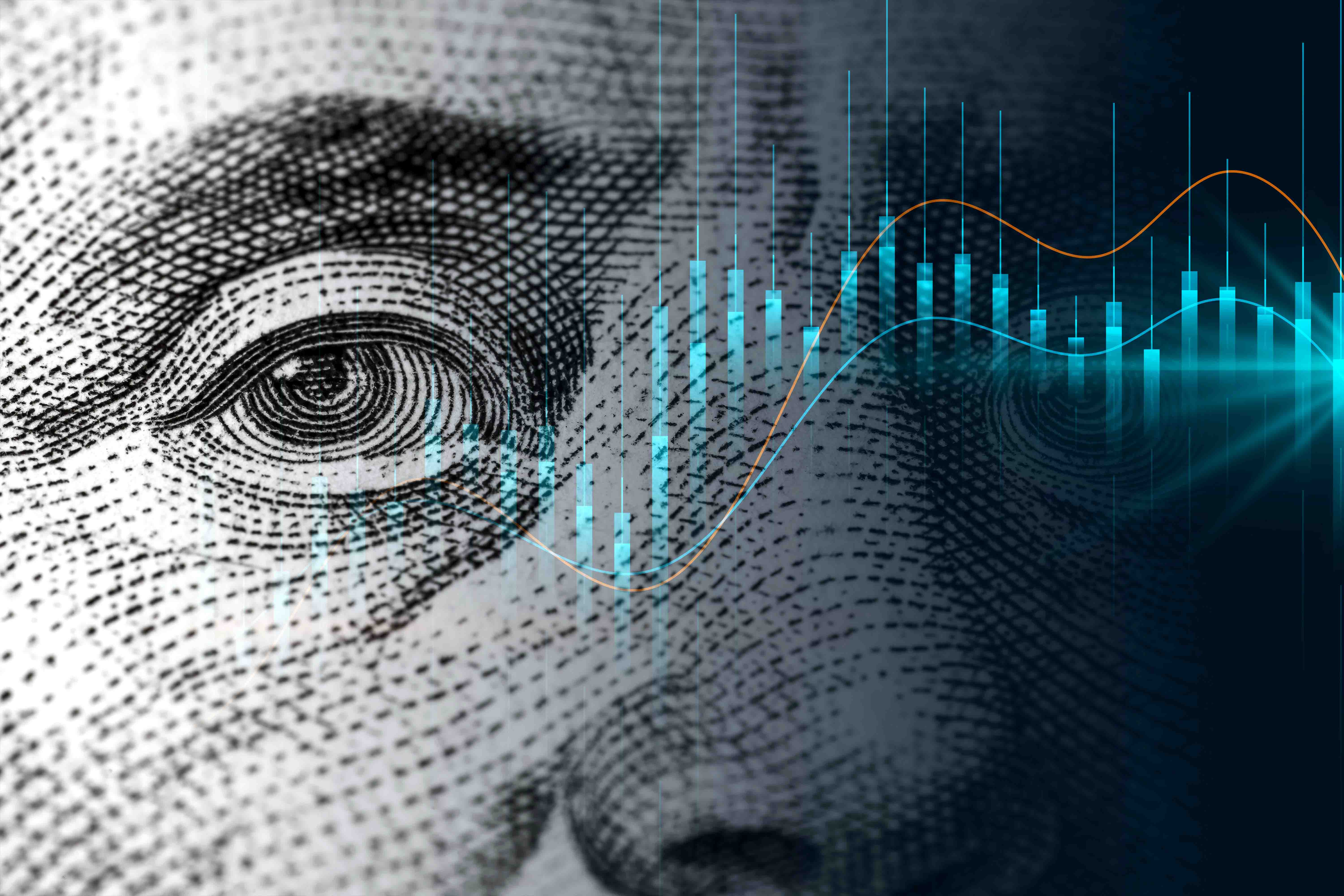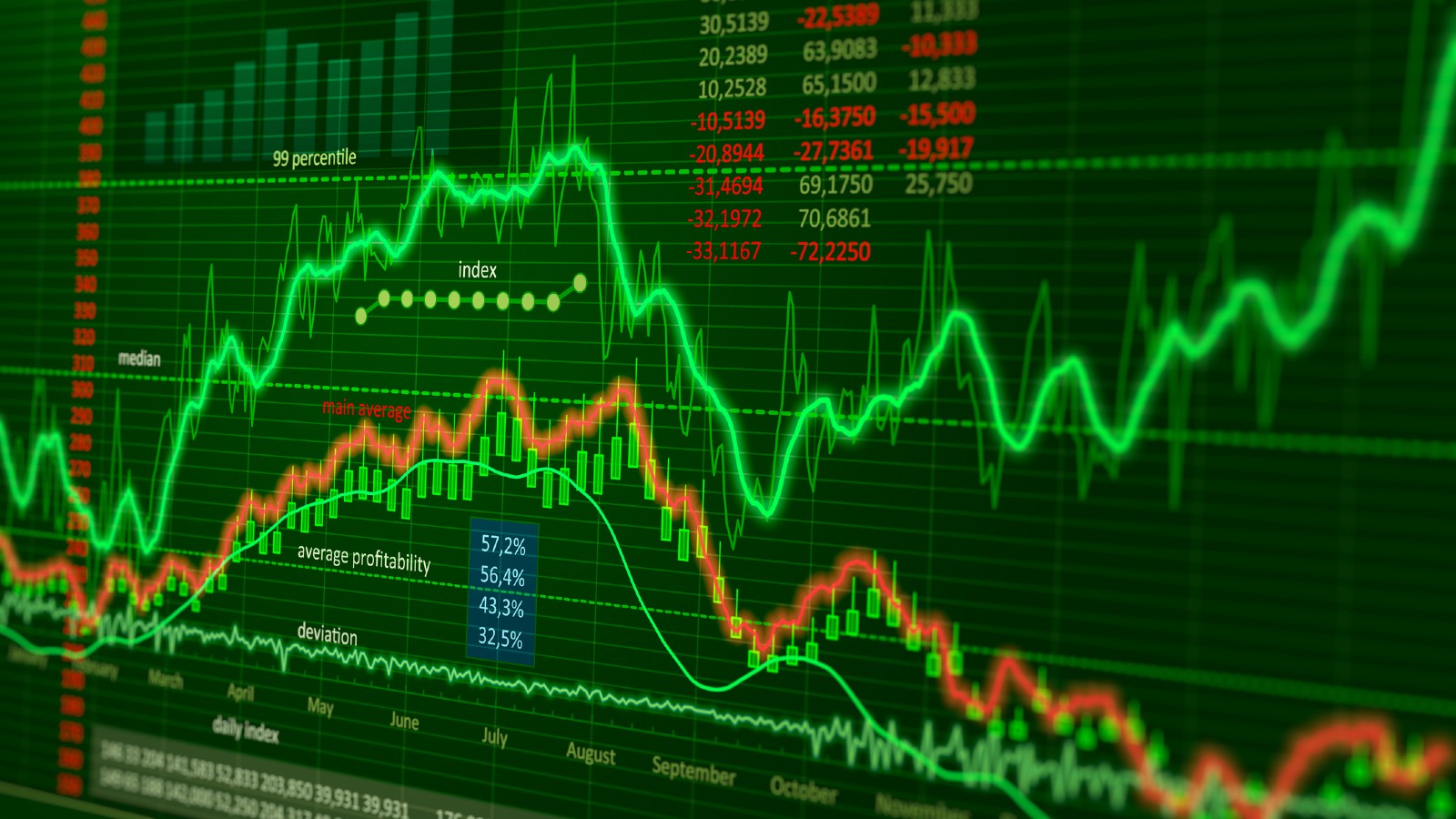
Even for Wall Street whiz kids, there’s a lot to wrestle with this year. The worry list includes the Federal Reserve’s continued battle with inflation and the ongoing conflicts in Ukraine and the Middle East, plus, a deeply divided U.S. set to elect a new president in November.
To bring some clarity around what to expect, Kiplinger Retirement Report asked the experts what economic signals are telling them about the economy, stocks and politics.
Jobless claims historically low
The news is generally good, but unpacking the economic indicators can be tricky. “Let’s not run too far into forecasting an imminent recession,” says Steven Blitz, chief U.S. Economist at TS Lombard in New York City.
For instance, continuing claims for unemployment benefits through February reached approximately 1.9 million, up from 1.7 million a year earlier. “It has gone up, but it isn’t anywhere near close to recessionary levels,” Blitz says. The more recent levels are similar to the continuing claims figures in 2018. “No one was saying in 2018 that the labor market was recessionary,” he says. In other words, the labor market remains healthy.
That’s probably a good sign for retail companies that sell discretionary purchases—items or services that aren’t necessary but are nice to have. With that in mind, investors might consider purchasing the Consumer Discretionary Select Sector SPDR exchange-traded fund (XLY.) Among other stocks, it holds shoe manufacturer Nike (NKE) and coffee chain Starbucks (SBUX).
Manufacturing better than it seems
Likewise, Blitz says that the Philadelphia Fed Manufacturing Business Outlook Survey, which recently turned positive, may be even better than it seems. It measures the current and possible future strength of the manufacturing sector in the Pennsylvania, New Jersey and Delaware area.
The Philly Fed “current conditions” index jumped to 5.2 in February, a positive figure that bucks the trend of overwhelmingly negative readings in 2022 and 2023. Negative readings mean the sector is contracting. Better still, the outlook, which looks around six months ahead, is even more positive with a reading of 7.2, the first positive figure after 24 months of negative ones.
The February figures are far below where they might be, but they’re above zero and that’s a good thing. Blitz explains that the manufacturing business is a global effort, and weakness outside the U.S. is reflected in the current and forecast data. That’s because U.S.-based manufacturers mostly buy components from lower-income countries and assemble those parts in America.
The largest part of the manufacturing sector in the U.S. is computers and electronics, which includes chip manufacturing for cars, computers and smartphones. The foundation of many of these items are chips or semiconductors. With that in mind, it might be worth considering an investment in the VanEck Semiconductor ETF (SMH), which holds a basket of chip makers, including Nvidia (NVDA), which accounts for 25% of the total holdings in the fund. Nvidia’s chips are one of the leaders in the race to develop artificial intelligence.
Interest rates likely to get cut soon
The Federal Reserve will likely cut interest rates before the end of the first half if the unemployment rate edges up to around 4% from its recent 3.7%, says Jack Ablin, chief investment officer and founding partner at Cresset Capital in Chicago. The rise in unemployment will be a key indicator that the economy has cooled enough to ensure that inflation is somewhat tamed. Unless a financial crisis emerges, don’t expect rate cuts in July, August, September or October because any actions could be viewed as interfering with the election, he says.
Rate cuts will be good for investors. The bond market should rally as the price of fixed-income securities tends to rise when rates fall. Savvy traders might want to consider investing in iShares iBoxx $ Investment Grade Corporate Bond ETF (LQD), which holds a broad basket of fixed-income securities.
In addition, stocks, in general, tend to do well when interest rates fall. The positive impact is multiplied for smaller-cap companies, such as stocks in the iShares Russell 2000 ETF (IWM). They typically don’t get as generous loan deals as do large-cap companies such as Apple and Google. “Anything that can loosen that noose could help the smaller players,” Ablin says.
Leading indicators point to better times

Some analyses don’t just look at what is going on now. Instead, they focus on what will likely happen in the coming months. These leading indicators are a way to see the future of the economy.
The American Institute for Economic Research Business Conditions Monthly Leading Indicator has 12 components, including housing starts and new business orders, both of which indicate future economic activity. A reading above 50 indicates a future expansion of the economy; below 50 means a contraction.
In 2022 the average monthly reading was 39, clearly a bad sign. However, in the year through December (the latest available figures at press time) the reading averaged 58. And the data for November and December was in the 60s. “Broad sentiment has shifted away from expectations of a recession and toward that of a soft landing,” states a recent report from the institute. In other words, no recession is likely in the foreseeable future.
Pete Earle, an institute senior economist who compiles the business conditions leading indicator, says the recent data forecasts a mild expansion. While that’s good, like all forward-looking metrics it misses other important factors. “The December and November data releases are good, but how long before it makes a difference to the economy?” he says. Of course, there is also the question of how much better the economy will perform. It’s hard to know, he says.
Another issue that makes using any economic indicator less than 100% reliable is that the economy changes. Years ago, the health of General Motors was synonymous with national economic health. That’s no longer true as manufacturing isn’t the driving force in the economy.
Forecasting the next president
One of the trickiest forecasts this year is the result of the presidential election. One common metric is to use the Misery Index, which adds the percentage inflation rate to the percentage unemployment rate. The higher the index, the more misery in the economy.
If the level of financial misery increases during a president’s first term, it’s likely that the electorate will give the incumbent the boot in favor of the other candidate. So far, the misery index has fallen and would therefore seem to favor President Joe Biden. In addition, his likely opponent, Donald Trump, faces a barrage of legal issues. including more than $400 million in judgments. However, there are still months to go until election day and anything could happen.
Whoever wins, investors should consider buying defense stocks, such as those held in the Invesco Aerospace & Defense ETF (PPA). It tracks RTX, formerly known as Raytheon, (RTX) and Northrop Grumman (NOC) among many other holdings. Not only do some of America’s allies need war materiel, but the U.S. is facing a growing threat from foreign adversaries. Defense spending across the NATO alliance is already set to reach record levels.
Note: This item first appeared in Kiplinger’s Retirement Report, our popular monthly periodical that covers key concerns of affluent older Americans who are retired or preparing for retirement. Subscribe for retirement advice that’s right on the money.







